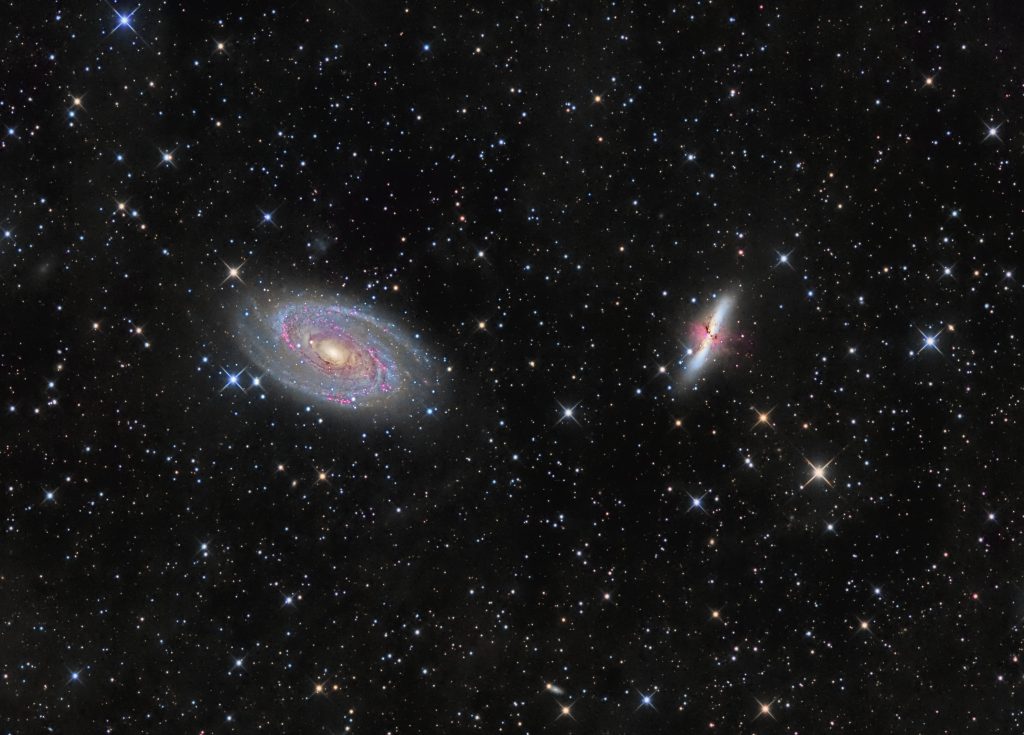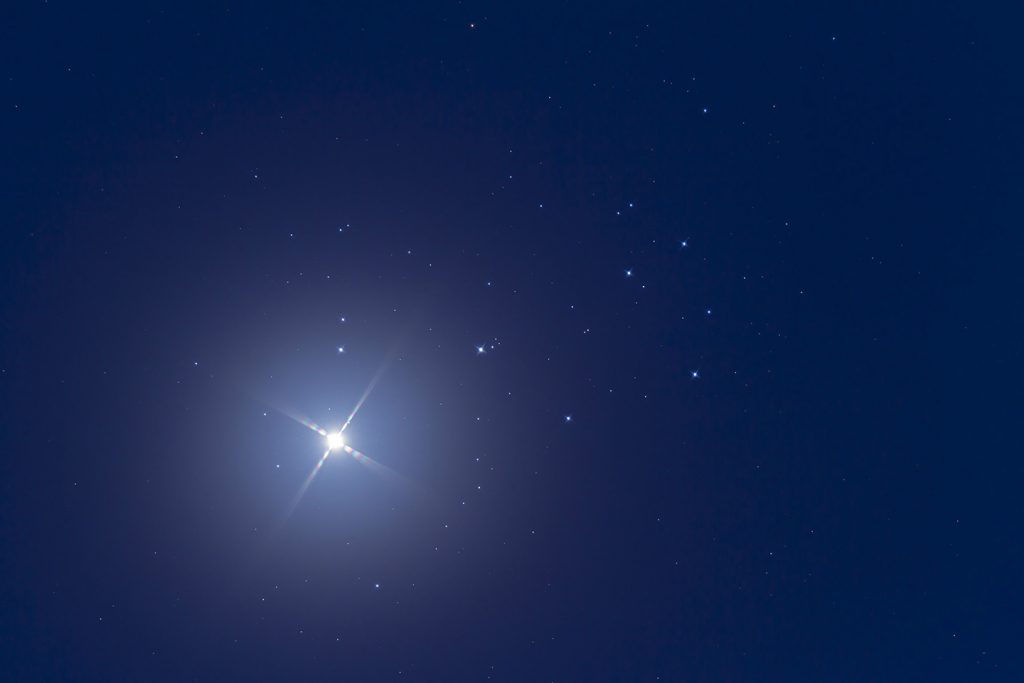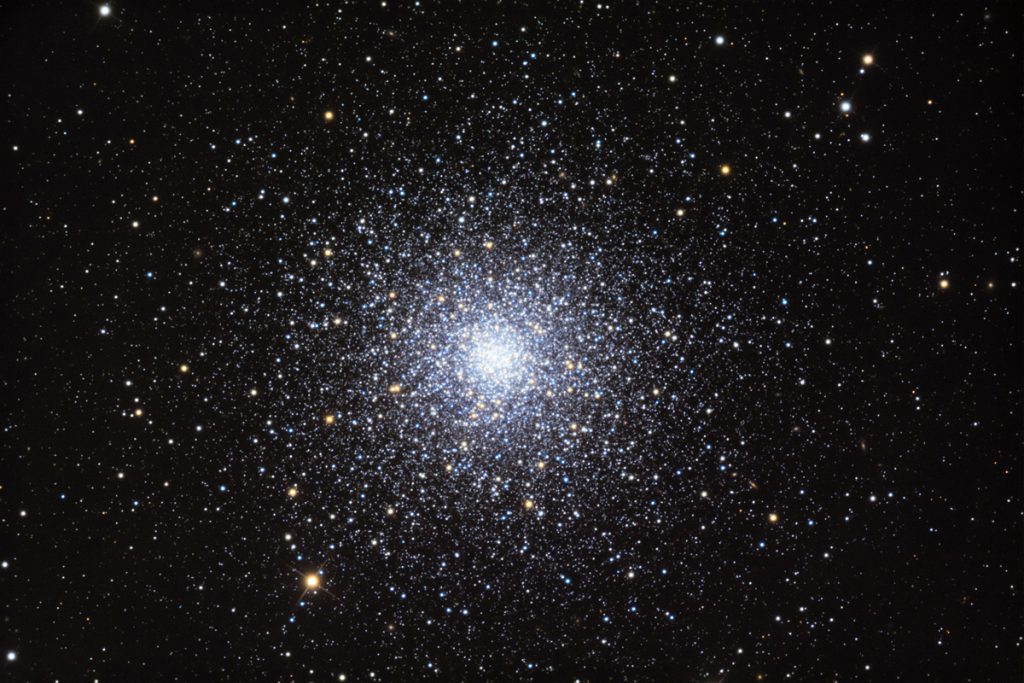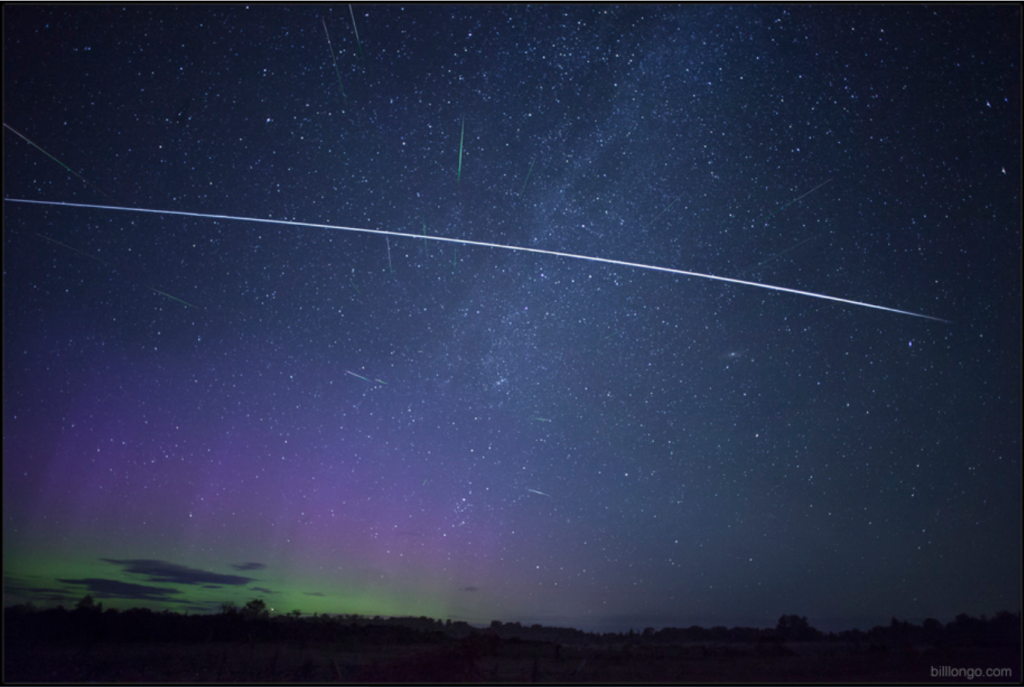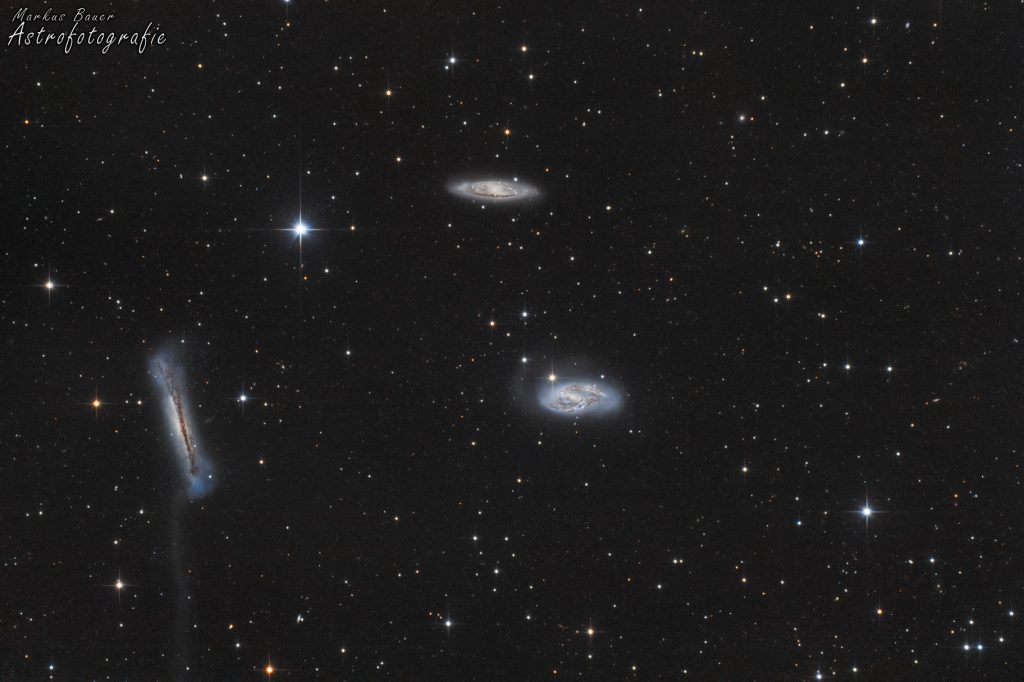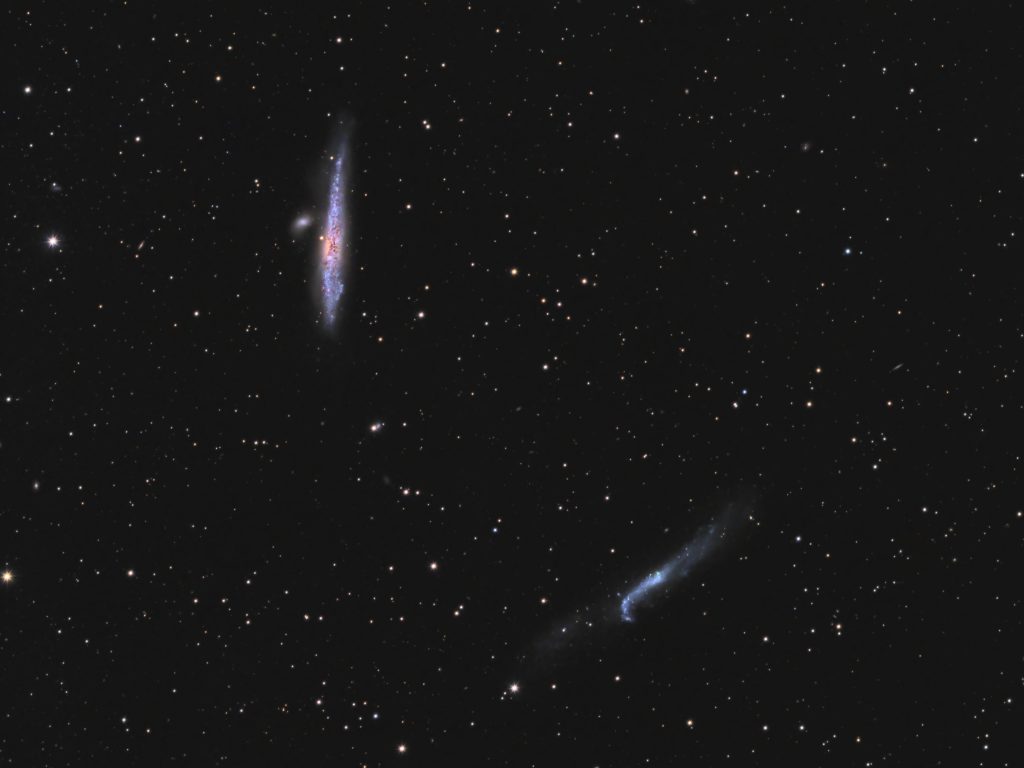Jupiter Joins the Sun and the Morning Moon Posing with Planets Gives Us Galaxy-gazing!
The prominent galaxies Messier 81 or Bode’s Nebula (left) and Messier 82 or the Cigar Galaxy (right) are located near the Big Dipper’s bowl in the northern sky. This image by AstroDoc Ron Brecher of Guelph, Ontario from February, 2017 spans about 1.5 degrees, or three full moon diameters. Messier 81 is large and bright…
Read more
